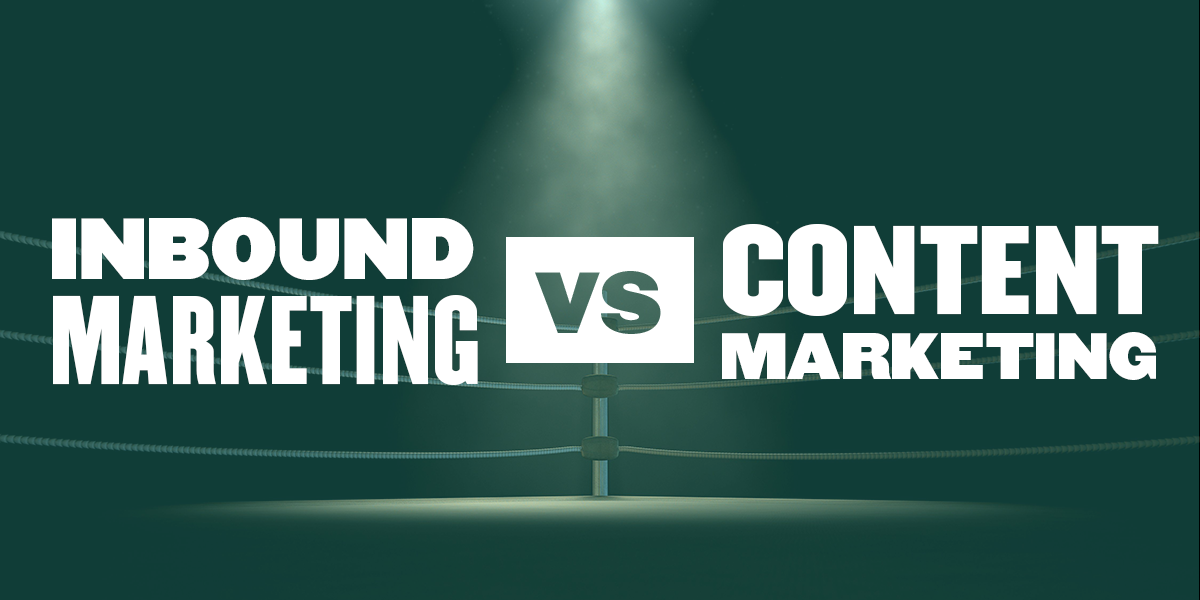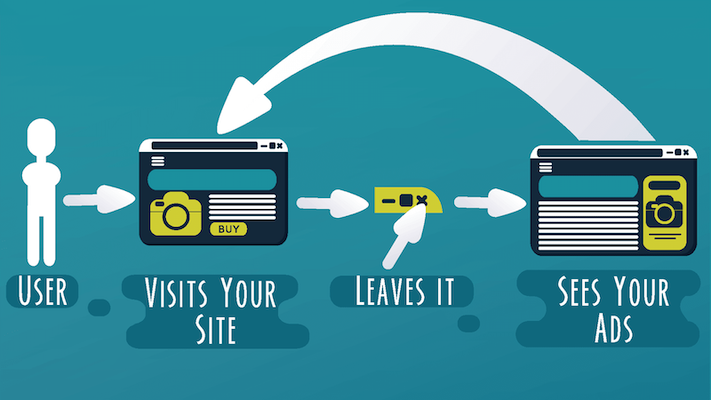The 15 Keys to a Business Marketing Plan

Developing a good marketing plan is a challenge that all marketers face at the beginning of the year or the year. This document is responsible for guiding our steps and guiding our decisions, so it is essential that it is well planned.
For the business marketing plan to be effective, it must contain all the necessary information. To help you out, let’s look at the 15 key sections of a marketing plan according to Forbes.
Marketing plan: the basics to get started
1) Definition of the target audience
This section describes the consumers your brand is targeting, including both their demographic profile (age, gender), psychographic profile (their interests), and their wants and needs related to the products and services you offer.
My recommendation for this section of the marketing plan is that you stop to create a buyer persona or “robot portrait” of your ideal customer. The fundamental data you should include are:
- Who is it? General profile, demographics, and identifiers.
- What motivates you? Your primary and secondary goals and challenges, and what the company can bring to you.
- Do you need us? Their most common goals, complaints, and problems.
- How can we help you? The marketing and sales messages that can help us connect with you.
- What are their pain points? Here, we must identify the problem that leads the user to do a certain search and what words they use to do so.
- By clearly identifying our target customers, we can more effectively target our ads and speak to them in their own language.
2) Single sales proposition
Having a unique sales proposition is essential to distinguish your company from the competition.
So much so that many successful companies are defined by their unique sales proposition. For example, this is the case of Mercadona and its “always low prices”.
If you haven’t yet defined your company’s unique sales proposition, your marketing plan is a good place to include it.
3) Price and positioning
Decisions about price and positioning should always be well aligned. For example, if you want to position your brand as the highest quality in the industry, having a price that is too low could be detrimental.
To get the right pricing policy and positioning, it is advisable to carry out a good market study to see the gaps left by the competition. It is also necessary to take into account the objective characteristics of our product and its manufacturing cost.
4) Distribution plan
Along with price, product, and promotion, distribution or “placement” is another of the classic 4 Ps of marketing, so it cannot be missing from the company’s marketing plan.
The distribution plan details how your products and services can be purchased, for example, through an e-commerce on your website or through distributors such as supermarkets. Of course, it is possible to combine different distribution channels to optimize reach.
5) Offers
Offers and promotions aim to get new customers and get old ones to buy your product again. Although they are not essential for the proper functioning of the company, they can help you grow faster.
In this section of the business marketing plan, you should detail things like free trials, money-back guarantees, different product packs, and, of course, discounts.
6) Marketing Materials
Marketing materials are all the content you use to promote your brand to current and future customers: website, catalogs, cards, banners, and more.
In this section of the business marketing plan, you’ll be in charge of reviewing which marketing materials you need, which ones are already available, and which ones you need to create from scratch or review. This way, you will have everything ready to put your actions into action.
The step-by-step marketing strategy
7) Promotion strategy
This is one of the most important sections of your business marketing plan, as it details how you’re going to reach new customers.
To do this, you have many options, both traditional and digital marketing: online advertising, television ads, fairs, press releases, events… Choose the most appropriate ones for your target audience and think about how you can create synergies between them.
8) Online Marketing Strategy
Another fundamental pillar of the marketing plan, since on many occasions its importance exceeds that of conventional advertising. Be sure to include these sections:
- Keyword strategy: the terms you want to optimize your website for.
- SEO strategy: the actions you will carry out on your website to improve its positioning in search engines.
- Online advertising strategy: here we include both SEM and banners, ads on social networks, and others.
- Content strategy: to feed your website, Google, and social networks, and launch native advertising campaigns.
- Social Media Strategy: How Are You Going to Use Social Media to Attract and Retain Customers?
9) Conversion Strategy
This section includes the techniques we use to convert potential customers into real customers: improving your sales pitches, including elements of social proof on your landing pages, etc.
10) Partner Strategy
He and I will look for other brands with which we can collaborate for mutual benefit. For example, if you sell car parts, you will probably be interested in collaborating with workshops and dealerships.
To spot opportunities for collaboration, think about other products that are associated with yours and that consumers buy before, at the same time, or after. Include a list of related companies in your marketing plan and a plan to contact them.
11) Referral Strategy
A good referral program can increase your sales exponentially: think about what would happen if each of your customers brought you two new customers!
But for this type of marketing strategy to work, you need to have a good referral plan that includes how you’re going to encourage customers to make recommendations and the rewards you can offer in return.
12) Strategy to increase the purchase amount
The average purchase amount is a fundamental metric for the success of any company. Generally, it’s much more efficient to get existing customers to buy more than it is to try to get new customers.
For this reason, it is necessary to include a section in the company marketing plan on actions aimed at increasing the average value of the purchase, for example, a thoughtful price increase or a promotional pack.
13) Loyalty strategy
Loyalty strategies seek to get customers to make repeat purchases over time, increasing profits without incurring the cost of constantly looking for new customers. Two very common examples of loyalty actions are point cards and newsletters.
The final ingredients of the marketing plan
14) Financial projections
In order for a business marketing plan to be brought to reality, the numbers have to add up. Therefore, it is essential to project the expenses derived from the actions detailed in the plan and the benefits that are expected to be obtained with them.
15) Executive Summary
While this section typically goes right at the beginning of the marketing plan, I’ve included it at the end because it’s the last thing you should write. As the name suggests, this section is a summary of all the previous sections, aimed at quickly finding the most important information.










